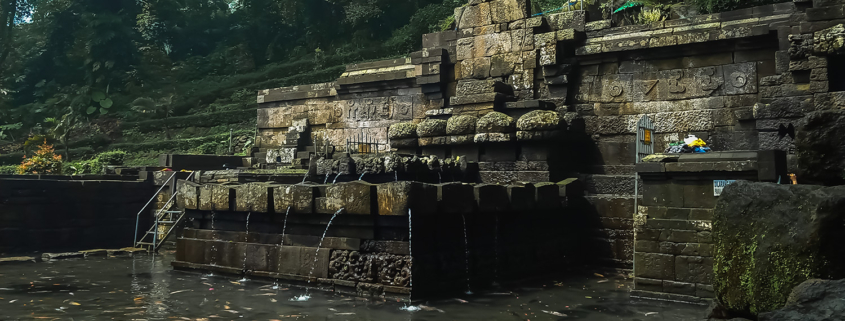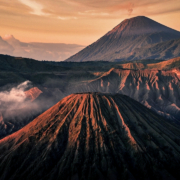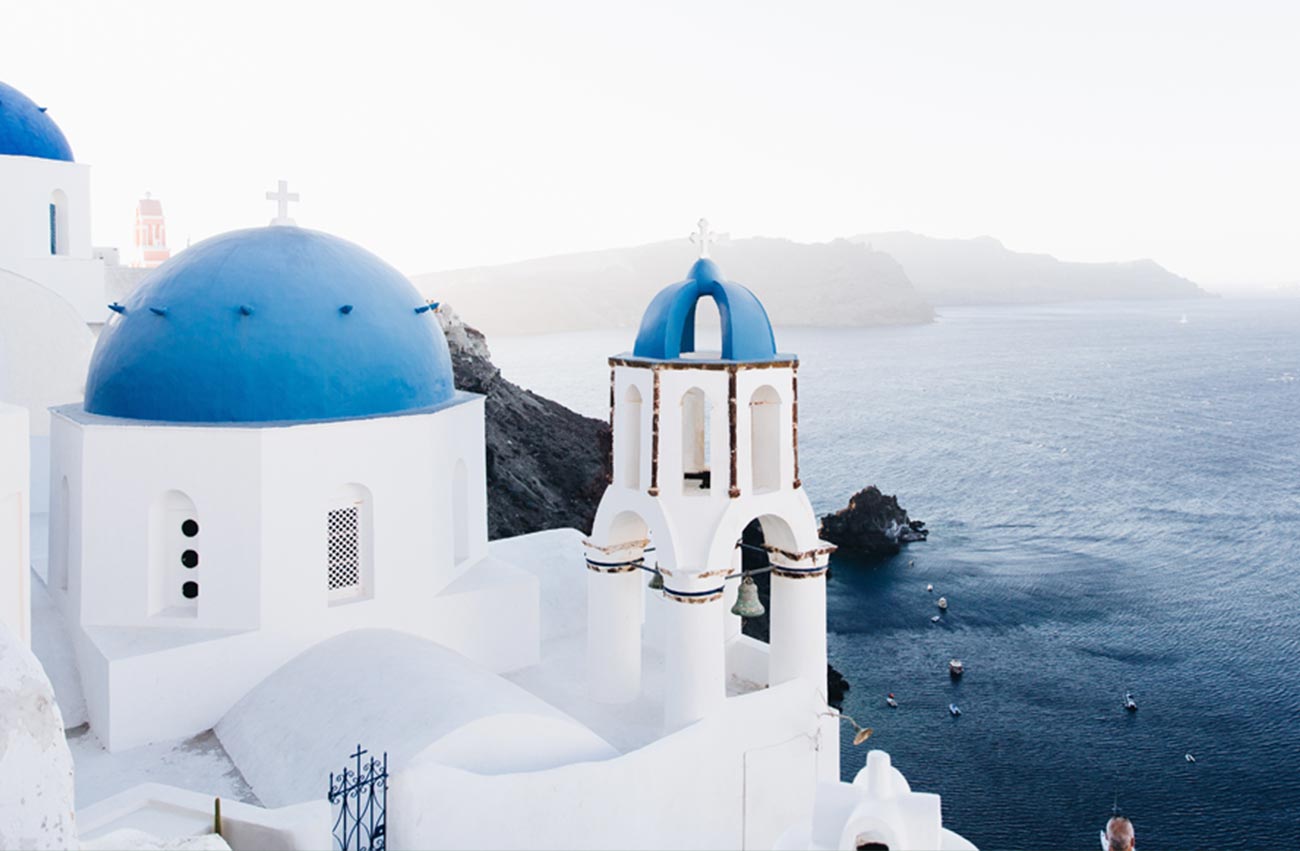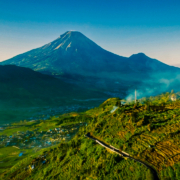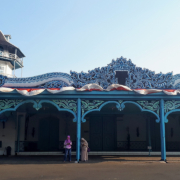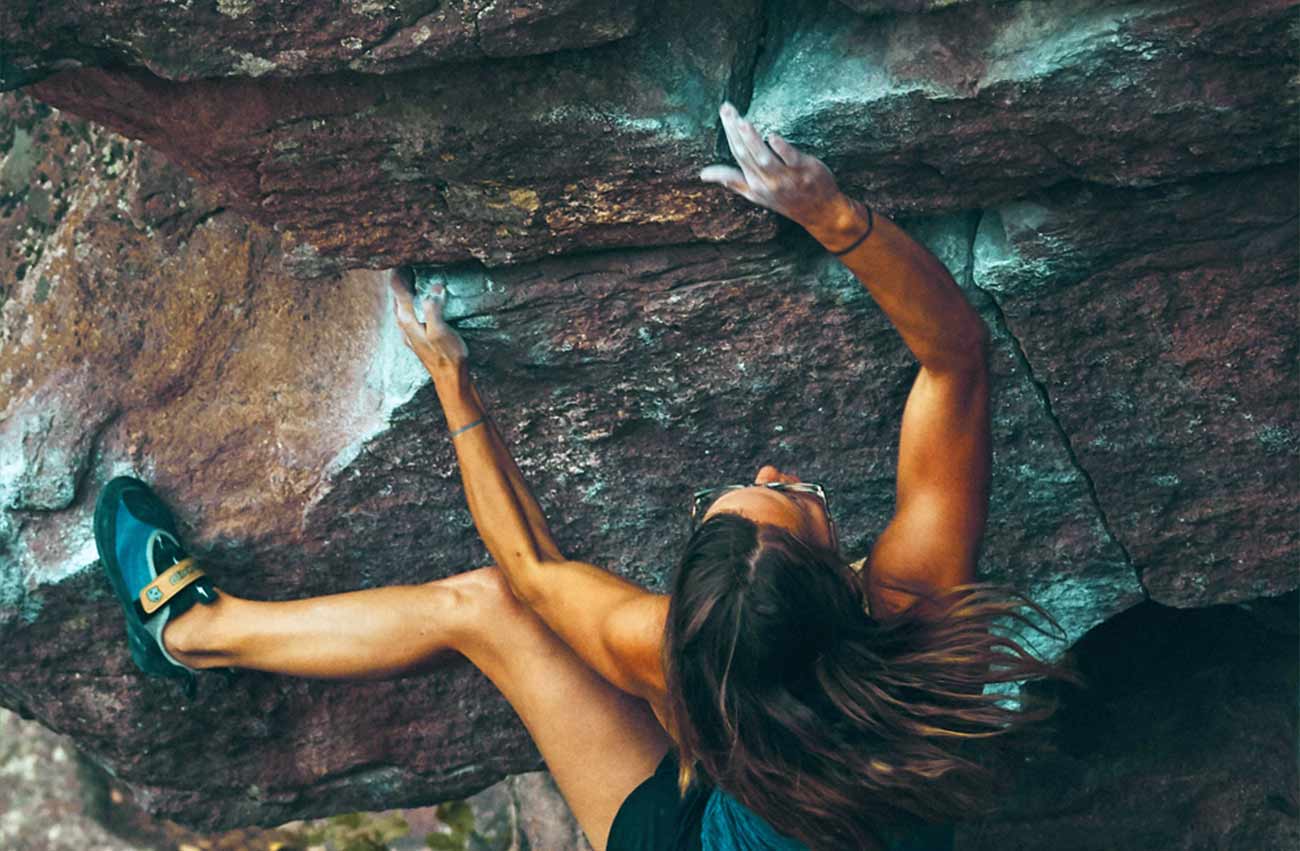Petirtaan Jolotundo: East Java’s Sacred Mountain Spring Temple
Hidden in the forested slopes of Mount Penanggungan in Mojokerto, East Java, lies one of Indonesia’s oldest and most revered bathing temples: Petirtaan Jolotundo. Built in the late 10th century, this stone water sanctuary is believed to have been commissioned by King Udayana of Bali for his son Airlangga, who would later become one of Java’s legendary rulers. Despite being over a thousand years old, the temple’s spring continues to flow with remarkable clarity—revered for its purity, sacred energy, and healing properties.
Surrounded by moss-covered stonework and jungle sounds, Jolotundo offers visitors a rare chance to connect with Java’s spiritual heart. It is a place where ancient architecture, mythology, and natural beauty converge—offering both quiet reflection and a glimpse into the ceremonial life of Java’s classical Hindu kingdoms.
Architecture and Sacred Design
Petirtaan Jolotundo features a large rectangular stone basin, roughly 18×18 meters in size, built from dark andesite blocks. Along its walls, 33 intricately carved water spouts—many shaped like naga (serpent deities)—continuously pour out cold, mineral-rich spring water into the bathing pool. The complex once served both ritual and royal functions, with sections believed to be used by kings and queens during purification rites.
Relief panels along the inner walls depict scenes from the Mahabharata and other Hindu epics, while the temple’s layout follows sacred principles of balance and flow. This isn’t just a bathing site—it is a carefully designed petirtaan, or holy water structure, meant to channel divine energy through water, stone, and space.
Spiritual Traditions and Pilgrimage
Petirtaan Jolotundo remains a living temple. Pilgrims from across Java—and as far as Bali—visit regularly to perform cleansing rituals. Many come during auspicious nights such as the Javanese Suro Month (Javanese New Year) or full moon ceremonies, when the air is filled with prayers, incense, and the rustle of sacred offerings.
Visitors often bathe under the spouts, collect the spring water in bottles for home blessings, or simply meditate beside the pool. Local traditions hold that midnight is the most potent time to bathe, when the energies of the mountain are at their peak.
Travel Information for Visitors
-
Location: Seloliman Village, Trawas Subdistrict, Mojokerto Regency, East Java
-
How to Get There:
From Surabaya, drive south toward Mojokerto (±1.5 hours), then head to Trawas and follow signs to Petirtaan Jolotundo. You can also reach it from Malang or Pasuruan via Tretes.
Public transport is limited—car or motorbike is recommended. -
Opening Hours: Open daily, 24 hours (best visited during daylight or early evening)
-
Entry Fee: Small donation or parking fee (~Rp 5,000–10,000); no formal ticket booth
-
What to Bring:
Modest clothing (especially if entering the sacred bathing area), water-resistant shoes, a towel or sarong if you plan to bathe, and respectful behavior (no loud music or disruptive conduct) -
Nearby Facilities: Simple warungs (food stalls), restrooms, and nearby guesthouses or eco-lodges in Trawas or Tretes
Why Petirtaan Jolotundo Is Worth Visiting
Whether you’re a history enthusiast, spiritual seeker, or nature lover, Jolotundo offers a rare window into Java’s ancient soul. It is a site that transcends time—not frozen in the past, but still alive with prayer, water, and silent reverence. You’ll walk in the footsteps of kings, touch the same stone carved a thousand years ago, and bathe in waters believed to restore the body and spirit.
More than a destination, Petirtaan Jolotundo is an experience—a sacred pause in your journey through East Java, where earth and legend still speak.

